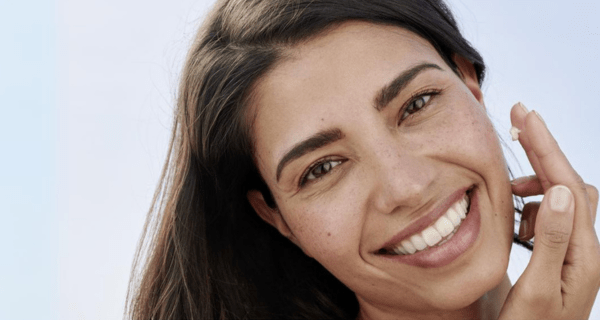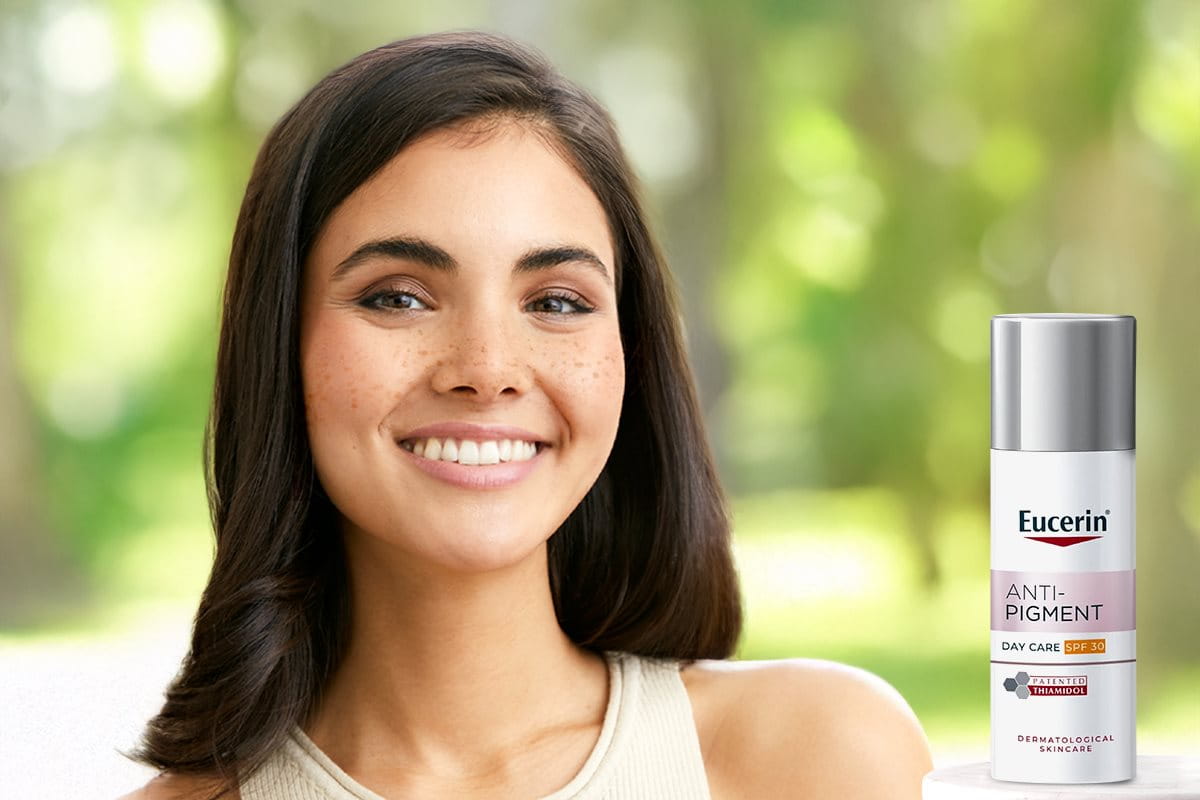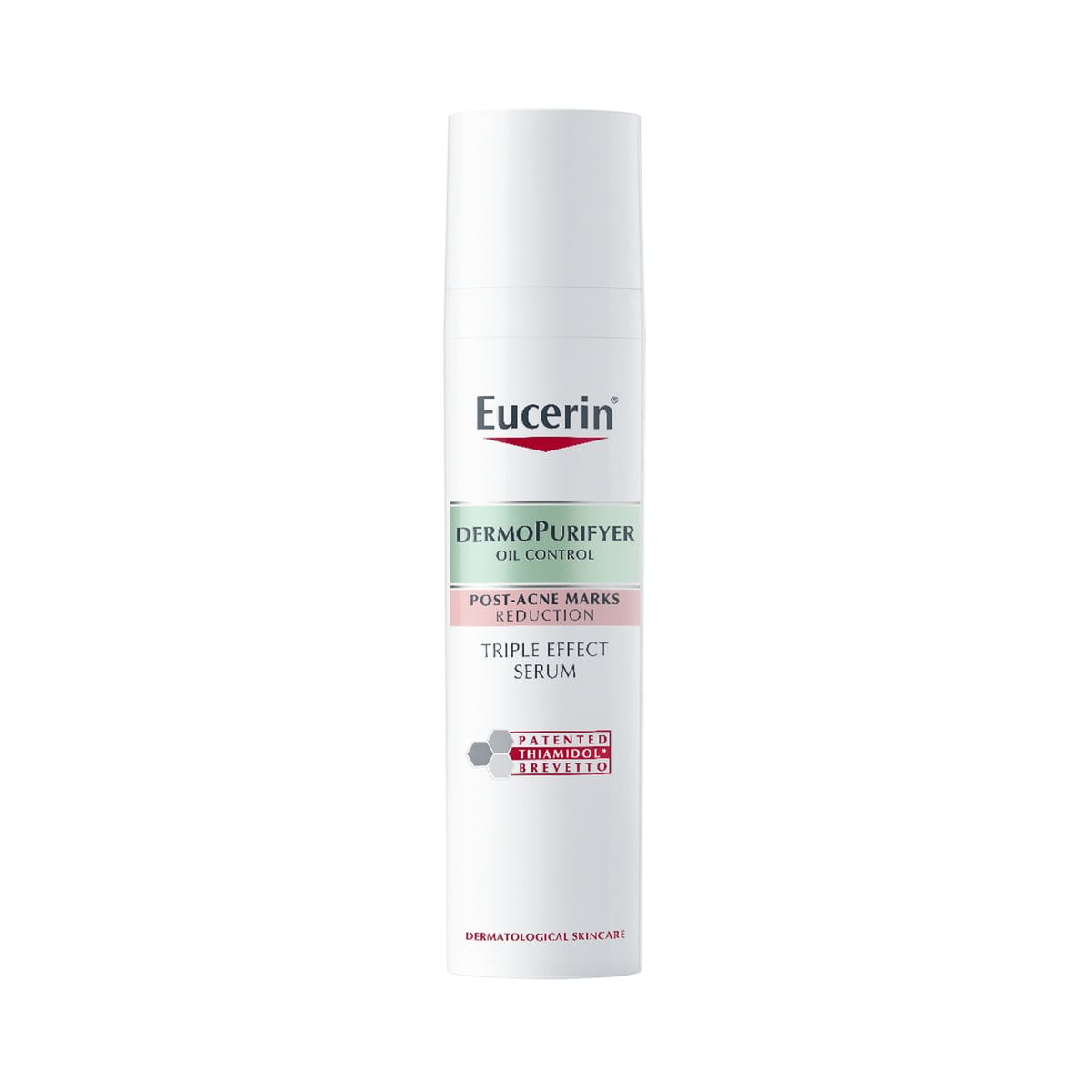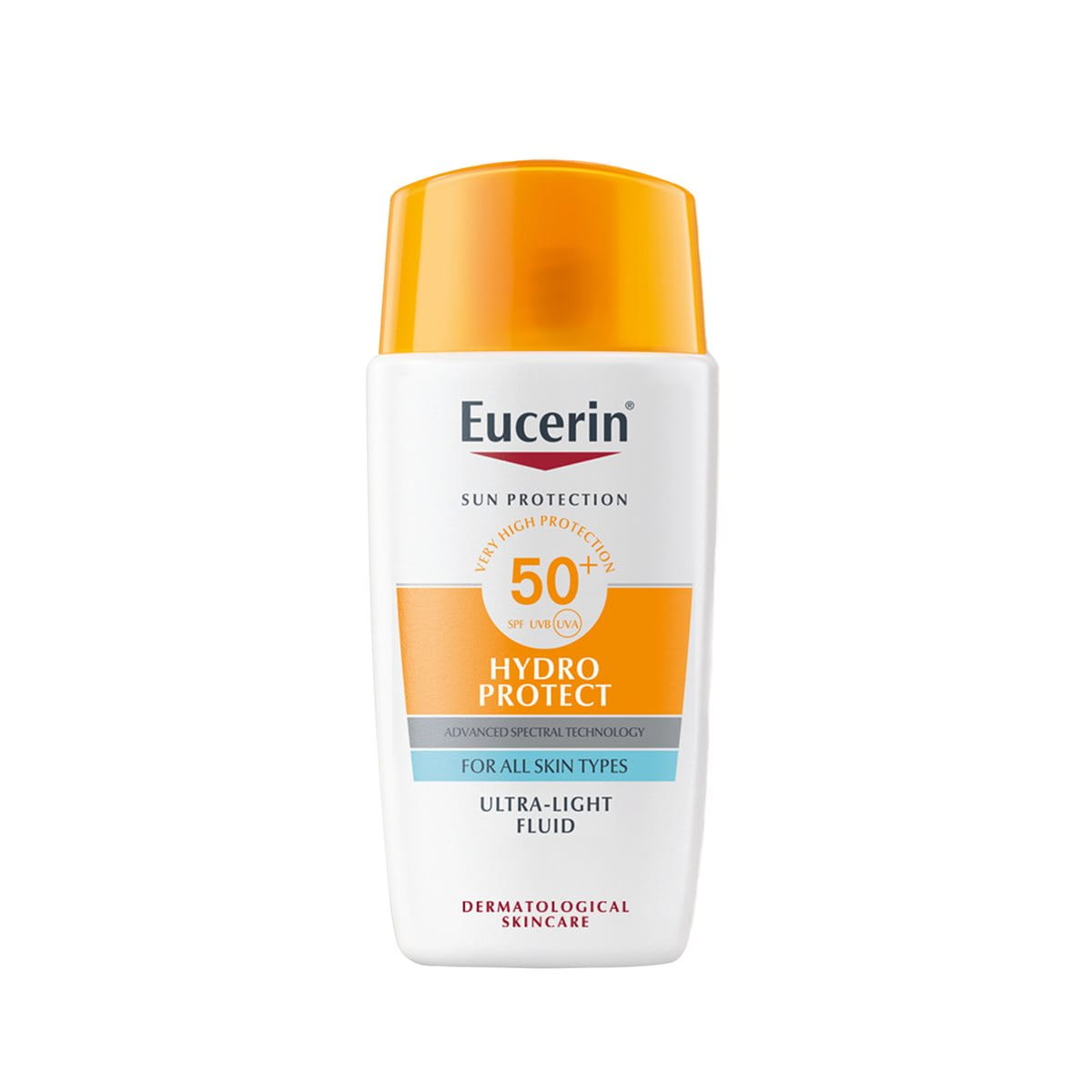If you’re prone to freckles, every summer, a few dark spots may gather around your nose and cheeks. These freckles on the face are largely harmless, and many have learned to embrace this pigmentation, too. However, if you’re trying to understand what are freckles on skin and have been looking into freckle removal, dive right in.
Keynotes:
- Freckles are flat, brown, harmless spots caused by sun exposure and genetics, commonly seen in lighter skin tones.
- Freckles or Ephelides differ from sunspots, which are larger and more permanent.
- While freckles fade over time, sunscreen and lightening treatments can help reduce their appearance.




